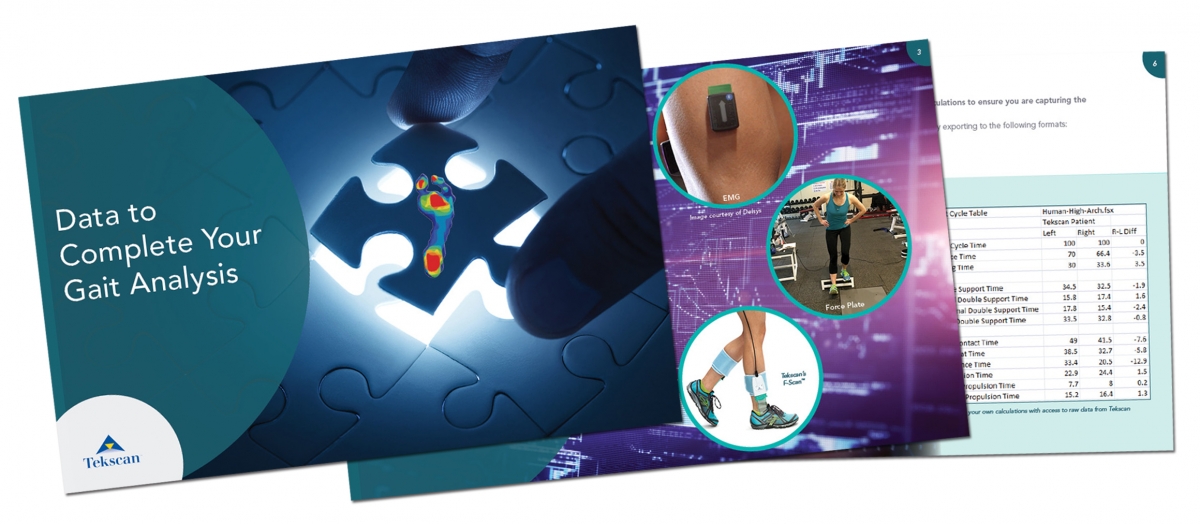(Video) Fall Risk Assessment Made Possible with In-Shoe Technology
When analyzing how a person navigates obstacles, maintains balance in moving vehicles and walkways, or adjusts their gait while crossing uneven surfaces, there is little that force plate technology can provide to enhance your research. The only way to really understand and measure the nuances that may be going unnoticed by visual observation is to capture dynamic pressure exchanges from within the subject’s shoes.
Force plate setups are a static technology, which causes some drawbacks in data collection. Often times, the subject may have to adjust their walking pattern or stance to have their foot strikes captured. Not only does this impact data collection in a controlled lab setting, but also makes it nearly impossible to assess a subject’s true walking habits out in the real world. This is a major hindrance for obtaining fall risk assessment data in true-to-life environments.
This short video shares how F-Scan™ in-shoe gait analysis technology has helped researchers gauge an individual’s ability to maintain gait and balance across challenging terrains found outside the gait lab.
Similar Uses for F-Scan in Fall Risk Assessment, and other Gait Research:
- Synchronizing visual movements with force and pressure
- Testing and measuring reaction time
- Balance assessment
- Postural sway tests
- Quantifying footfall kinematics
- Insole design
Interested in Other Ways Versatile In-Shoe Gait Analysis Technology Can Benefit Your Research?
|
This eBook highlights several research examples where data collection with a traditional force plate might have presented some challenges. With a portable and versatile system, it's possible to collect data outside the lab, so your research can evaluate real-life conditions, because life is not lived within a lab. |
 |
